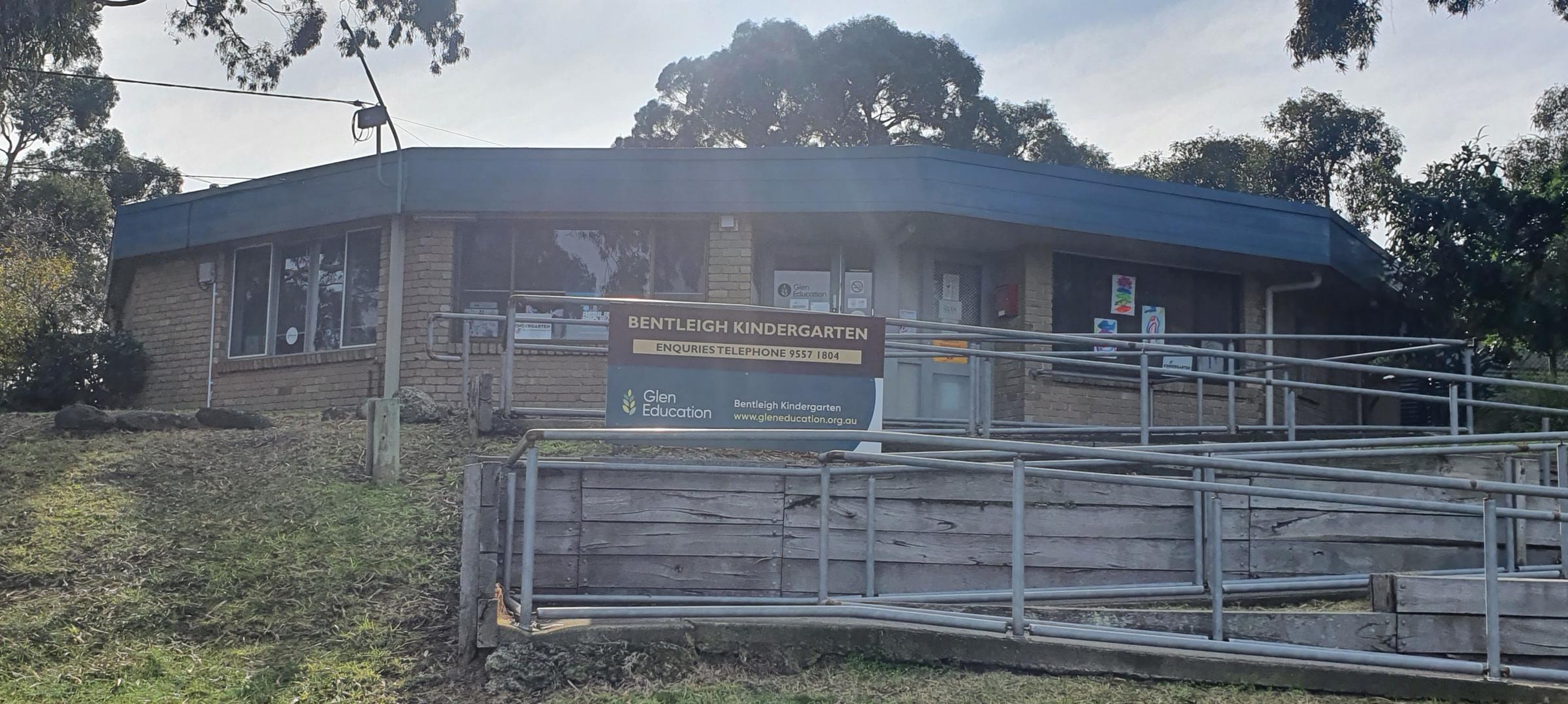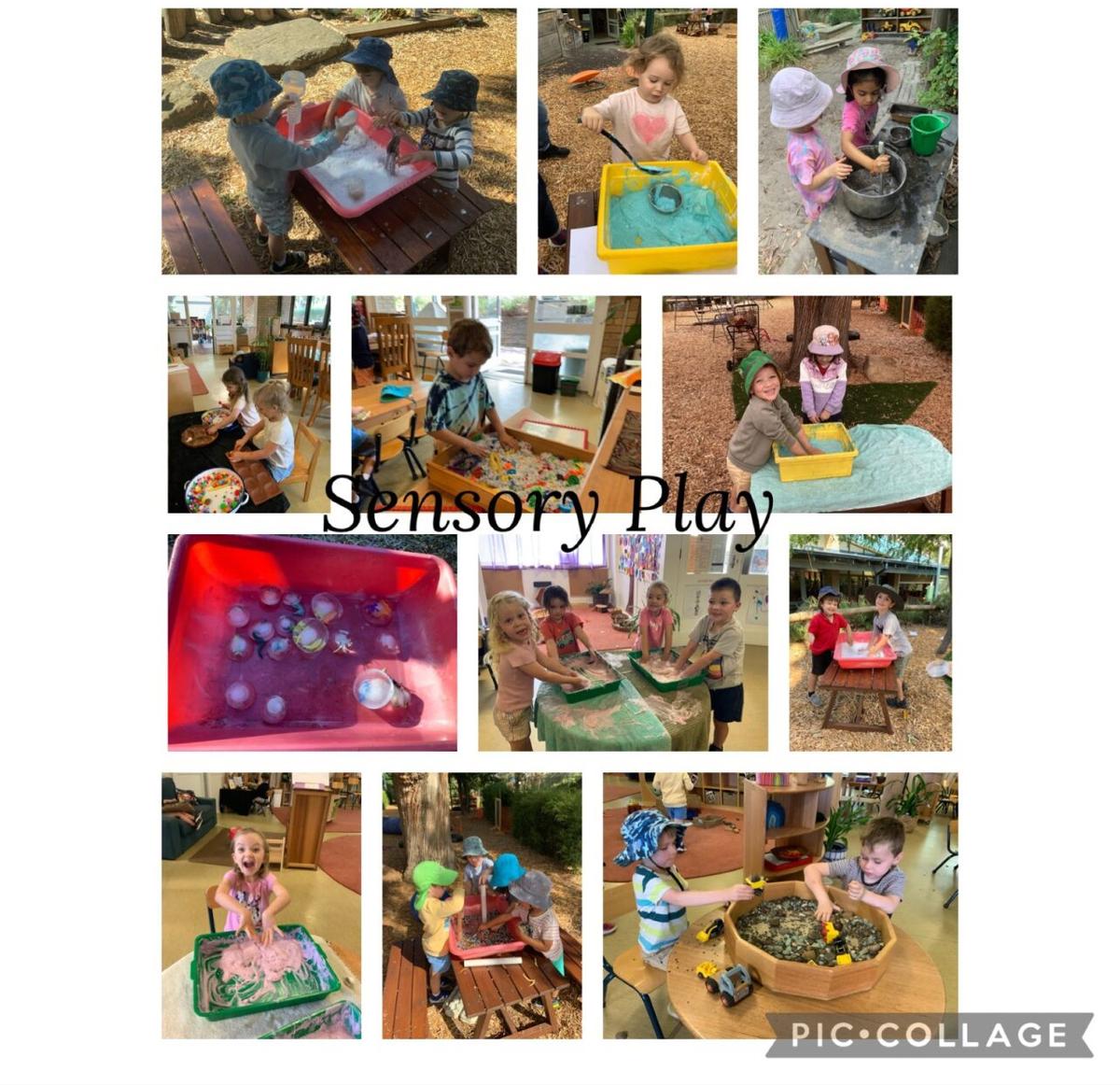Glen Education Bentleigh

Sensory Play
Jo Peterson, Early Childhood Teacher
Sensory play is an essential component of childhood development.
At Glen Education Bentleigh Kindergarten, the educators have implemented many sensory play experiences for the children to immerse themselves in while engaging in their learning environment. There are many benefits for children when engaging in sensory play experiences. We have seen opportunities for social interactions and connections, sharing ideas, developing curiosity, exploring and experimenting in open ended way that allows their imagination to flourish.
We have also observed the instant benefit sensory play provides for children being able to calm and self-regulate when overwhelmed or upset.
The Early Years Learning Framework for Australia (2022), explains that:
"Managing emotions, developing self-regulation and building perseverance and persistence are all parts of developing executive function which are higher order cognitive functioning processes in the brain. Children’s wellbeing is linked to executive function. The readiness to persevere when faced with unfamiliar and challenging learning situations creates the opportunity for success and achievement. The connections between children’s sensory, physical and motor systems are evident in the early purposeful activities of very young children who coordinate physical, sensory and cognitive actions to explore and learn about their world."
Sensory rich environments support cognitive development and develops neural pathways that facilitate learning and growth and their verbal and non-verbal language when they are responding to what they see, hear, feel, touch, and taste.
The types of sensory play the children have been engaging in over the past few weeks have been lux flakes slime, bubble mixing, Pom Pom sensory trays, shredded paper sensory trays, mud play, sand trays and ice play on hot days.
These sensory play experiences allow the children explore various materials, textures, sounds, smells, and visual stimuli. This allows children to enter a world of exploration beyond the traditional boundaries of structured activities.

